The Theory of Action Infographic by Carol Ehrlich …
Get Started for FREE
Sign up with Facebook Sign up with X
I don't have a Facebook or a X account
 Your new post is loading... Your new post is loading...
 Your new post is loading... Your new post is loading...
Gary Harwell's curator insight,
March 6, 2014 12:23 AM
Definitely some good ideas worth initiating in the teaching program. |

Kirsten Macaulay's curator insight,
January 24, 2014 4:36 AM
Good start. Also relevance to the student. 
Leslie Minton's curator insight,
January 24, 2014 7:52 AM
Rigor across curriculum content, not just a particular subject matter is essential to effective teaching and learning. It is knowing what rigor is in order to determine if it exists.
Nancy Jones's curator insight,
January 24, 2014 8:59 PM
This iactually the second article of a series . This is a word used frequently, but it's definition varies. I think rigor need to also differentiate , say, reading levels so each learner is challenged from the level they are currently at. Rigor does not mean, "one size fits all!"

David Baker's curator insight,
September 29, 2013 6:48 PM
10 steps and Myths for Rigor will be a really good conversation at PIE. |



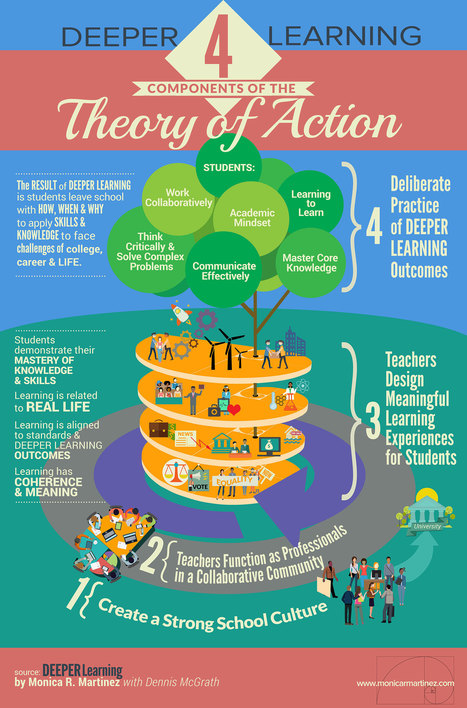


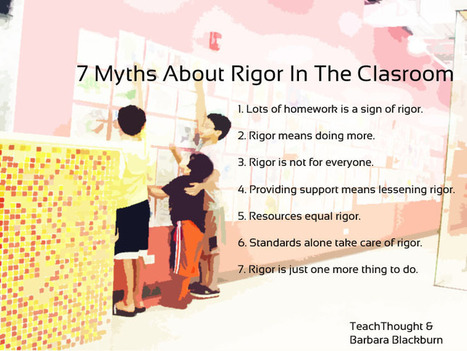


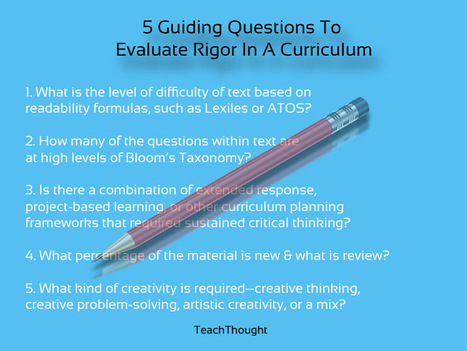

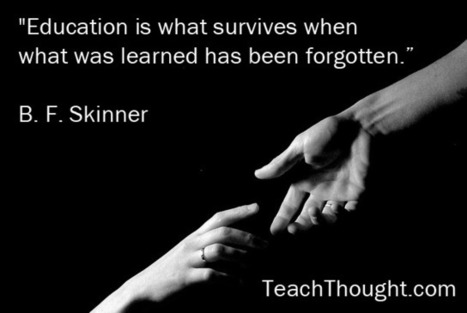
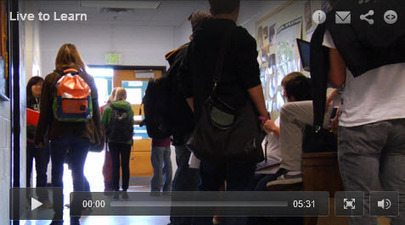





This infographic is one resource found at this site, which also provides a detailed planning guide for Deeper Learning. Click through to the site and you will find a section on:
* The DL Learning Guide which provides a series of exercises and a set of resources that demonstrate how you can create conditions necessary for Deeper Learning.
* The User Guide an overview and framework. You will also find a Table of Contents.
* You can access each phase from this section or you can move to the section called DL Phases.
Phase 1 helps you Establish a Vision for Students.
Phase 2 focuses on Understanding and Assessing the Conditions for Deeper Learning.
Phase 3 guides you on Planning for Deeper Learning.
Phase 4 is on Monitoring Your Plan for Deeper Learning.
If your district or school is considering Deeper Learning this is a great resource to share, or to create a focus group to explore the concept and decide if it is the right time for your building.